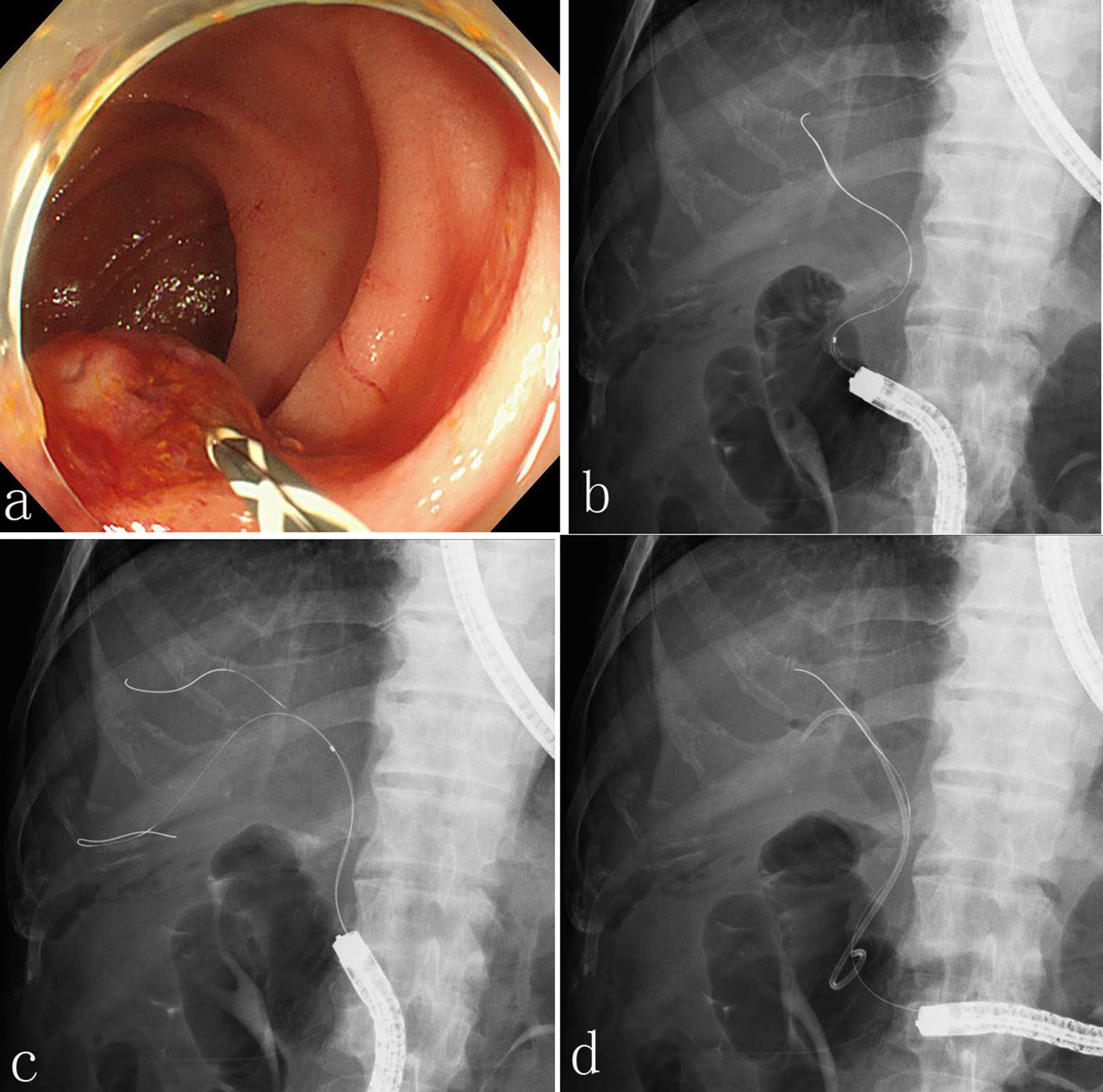
Figure 1. (a) Computed tomography revealed a low-density mass with dilatation of the biliary tract. (b) ERCP showed a bending, meandering dilatation and a lower stricture of the common bile duct.
| Journal of Medical Cases, ISSN 1923-4155 print, 1923-4163 online, Open Access |
| Article copyright, the authors; Journal compilation copyright, J Med Cases and Elmer Press Inc |
| Journal website http://www.journalmc.org |
Case Report
Volume 10, Number 1, January 2019, pages 1-3
A Double-Guidewire Technique to Facilitate Deep Cannulation and Stenting in a Patient With Altered Gastrointestinal Anatomy
Figures


